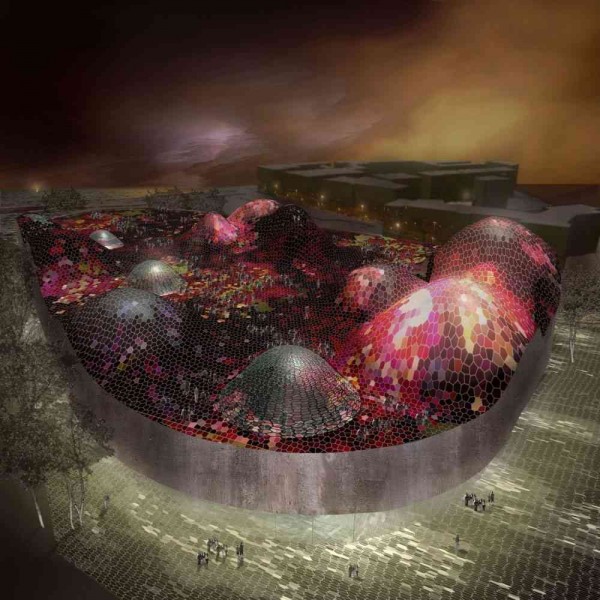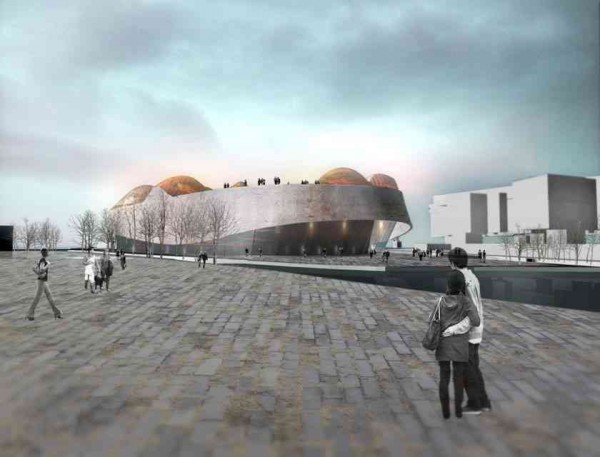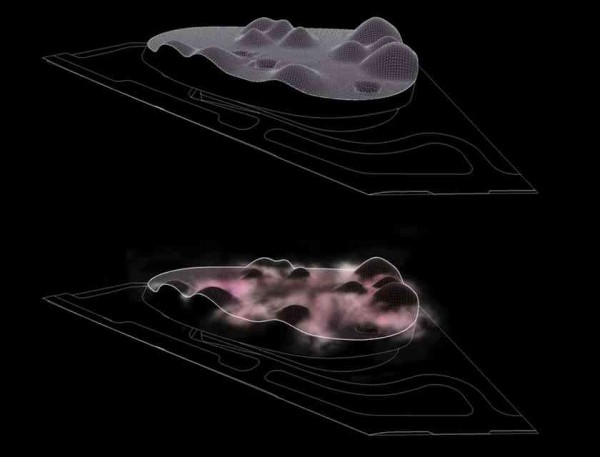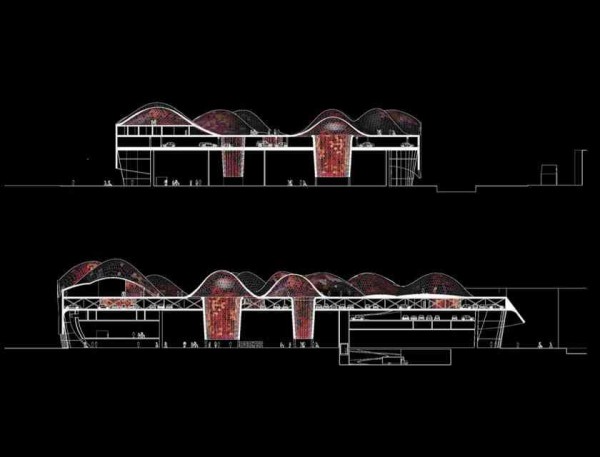A mini Big Bang will attempt to replicate the researchers of the European Organization for Nuclear Research (CERN) in the Large Hadron Collider (LIC), the first challenge head-on collisions of lead ions.
CERN: "The experiment of experiments" He broke the record for the force CERN (vids) The experiment, entitled "ALICE" is expected to begin in a few days and will last four weeks. Since 2009 the length of 27 km LIC, proton induced collisions, in an attempt by scientists to shed light on the nature of matter. The experiments conducted so far and that proton collisions were aimed to illuminate other aspects of physics, such as that of finding the Higgs boson (the so-called God particle), or the law of supersymmetry. "The scientists intend to explore through this experiment and similar experiments are taking place in the tunnel of 27 km which is the LIC how the universe looked like in infancy, as the BBC reported James Gillies, spokesman for CERN.
The experiment of experiments at CERN
Hope scientists is through the experiment, to "shed light" on conditions in 13.7 billion years ago, soon after the Big Bang, the "Big Bang" that created life and the universe.Scientists looking for the hypothetical Higgs particle, which is the answer to the mystery of how the material "wins" in the mass, which, as argued at CERN, it would be possible only with this experiment. The findings, expected in 2010, will be invaluable, and will illuminate the "dark spots" of the universe. According to scientists, only 4% of the universe visible with modern telescopes we have available. The remaining 23% is dark matter and 73% of dark energy. To the real test will be the first two months of 2010, when scientists will attempt to replicate the conditions that prevailed 1-2 Billiard of a second after the Big Bang.
CERN: "The experiment of experiments" He broke the record for the force CERN (vids) The experiment, entitled "ALICE" is expected to begin in a few days and will last four weeks. Since 2009 the length of 27 km LIC, proton induced collisions, in an attempt by scientists to shed light on the nature of matter. The experiments conducted so far and that proton collisions were aimed to illuminate other aspects of physics, such as that of finding the Higgs boson (the so-called God particle), or the law of supersymmetry. "The scientists intend to explore through this experiment and similar experiments are taking place in the tunnel of 27 km which is the LIC how the universe looked like in infancy, as the BBC reported James Gillies, spokesman for CERN.
The experiment of experiments at CERN
Hope scientists is through the experiment, to "shed light" on conditions in 13.7 billion years ago, soon after the Big Bang, the "Big Bang" that created life and the universe.Scientists looking for the hypothetical Higgs particle, which is the answer to the mystery of how the material "wins" in the mass, which, as argued at CERN, it would be possible only with this experiment. The findings, expected in 2010, will be invaluable, and will illuminate the "dark spots" of the universe. According to scientists, only 4% of the universe visible with modern telescopes we have available. The remaining 23% is dark matter and 73% of dark energy. To the real test will be the first two months of 2010, when scientists will attempt to replicate the conditions that prevailed 1-2 Billiard of a second after the Big Bang.





